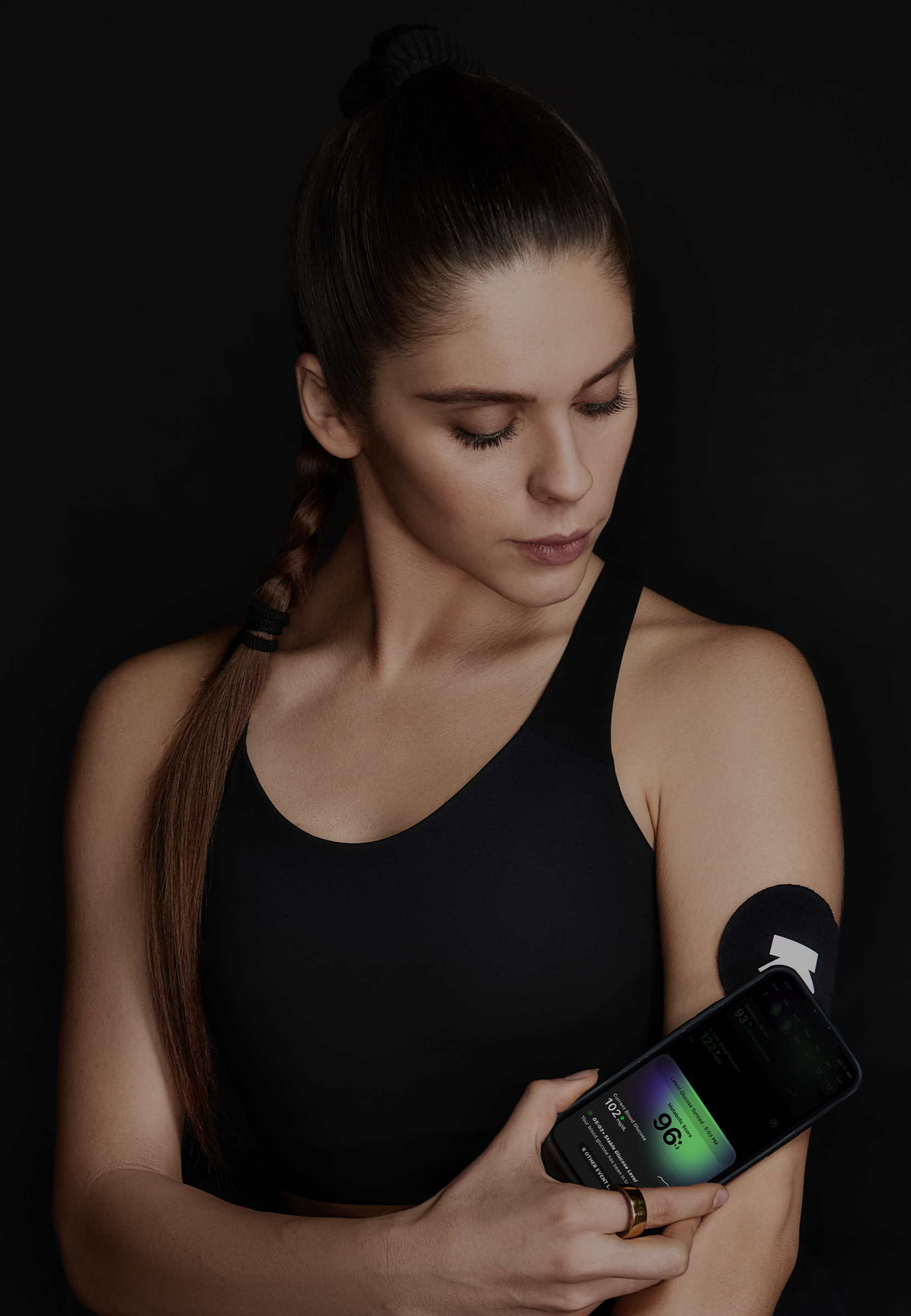
English Indian Sambar Rice (1 Cup) and Curd (100 G)
Lunch
190 mg/dL
avg. peak value
Usually has a stable response
Avg. Food Score on Ultrahuman App
Ultrahuman Users got an UNSTABLE response
How to consume curd, english indian sambar rice without glucose spikes
Portion Control
Reduce the portion size of rice in your meal. Opt for smaller servings to minimize the glucose impact.
Add Fiber-Rich Vegetables
Incorporate non-starchy vegetables like spinach, broccoli, or cauliflower into your meal. These can help slow down the absorption of glucose.
Choose Whole Grains
If possible, replace regular white rice with brown rice or quinoa to increase fiber content and stabilize glucose levels.
Incorporate Healthy Fats
Add a small amount of healthy fats such as olive oil, avocado, or nuts. Healthy fats can help slow digestion and reduce glucose spikes.
Eat Protein-Rich Foods
Include a source of protein like lentils or chickpeas in your meal. Protein can help moderate blood sugar levels.
Opt for a Balanced Meal
Ensure your meal is balanced with carbohydrates, protein, and fats to promote steady glucose absorption.
Stay Hydrated
Drink plenty of water before and during your meal, as proper hydration can aid in digestion and help manage glucose levels.
Chew Slowly and Thoroughly
Eating slowly and chewing your food thoroughly can improve digestion and reduce the impact on blood sugar.
Walk After Meals
Engage in light physical activity, such as a short walk, after eating to help manage blood sugar levels.
Monitor Meal Timing
Try to consume meals at regular intervals and avoid long gaps between meals to prevent sudden glucose spikes.

Discover
metabolic
health with M1
Ultrahuman M1 helps you measure the impact of food and activity on your body in real time through glucose as a biomarker.
Explore Ultrahuman M1Find Glucose response for your favourite foods
Explore OGDbYour cart is empty
Browse through our products and find something for you.
